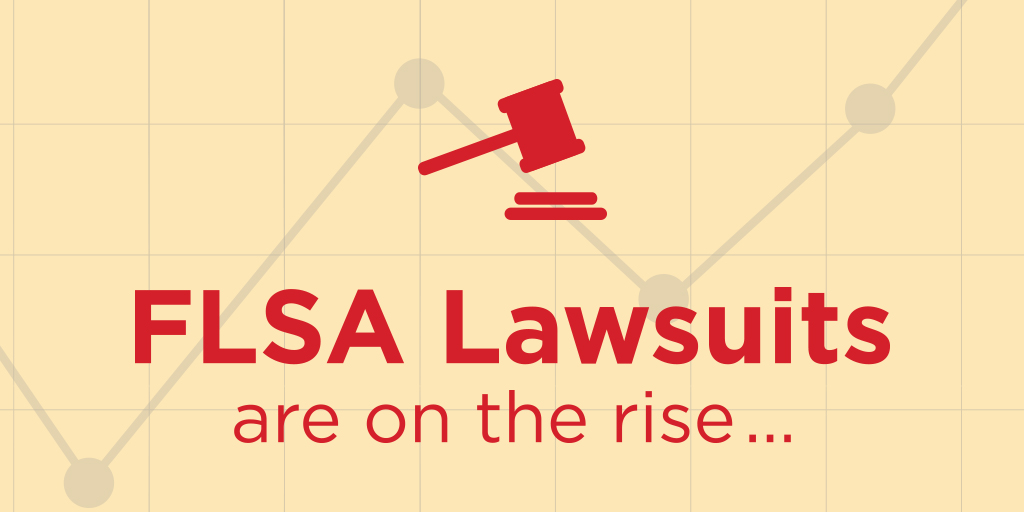
6 Open Enrollment Items For Your To-Do List
When many of us think of fall, our mind wanders to the changing colors on trees, raking leaves and football. Human resource and benefit professionals must have one more thing top of mind–open enrollment. Annually, HR and benefit professionals must provide employees with options for the next plan year. The to-do list should include the following:
Summary of Benefits & Coverage (SBC). The Affordable Care Act (ACA) requires you to provide an SBC to all applicants and enrollees for all group health plans, except for those that are excepted benefits under HIPAA (e.g., stand-alone dental, vision, most Health FSAs). This requirement is effective for open enrollment periods that started on or after September 23, 2012.
Grandfathered Plan Notices. Employers must send this notice to all participants if the plan is to maintain its grandfathered status. Grandfathered plans do not have to comply with some of the rules related to the ACA. However, they must comply with other rules, like annual and lifetime limits, dependent coverage up to age 26, rescission and limits on preexisting condition exclusions (PCEs).
Patient Protection Disclosures. Also under the ACA, employers must notify participants of their right to designate any primary care provider who participates in the network. If the plan allows for the designation of a primary care provider for a child or for an obstetric/gynecological care provider, these must also be included in the notice.
Medicare Part D Creditable Coverage Notices. All employer-sponsored plans that offer a prescription drug benefit must annually notify participants as to whether their coverage is creditable or non-creditable. The deadline to mail these notices is October 15. The Medicare Part D annual enrollment period is October 15 through December 7. This will require notices to go out prior to most plans being finalized. Any changes to creditable status once a plan is finalized will require another round of notices to be sent.
NOTE: This notice requirement is only part of what the plan sponsor is required to do for compliance. Please refer to CMS for online reporting instructions as well as additional requirements for these notices.
COBRA Qualified Beneficiary Communications. COBRA regulations, as amended by HIPAA require many notices; one of those is the Open Enrollment Notification. This requirement states that employers must provide the same rights to COBRA Continuees during an open enrollment period that is offered to active employees. This notice is required even if the only change is the COBRA rates. The open enrollment packet must be sent to:
- Possible Electees (individuals in their 60-day election period)
- Electees (individuals who have elected but have not yet paid)
- Continuees (individuals who have elected and paid)
Health FSAs. Health FSAs are another open enrollment challenge. If the Health FSA is a HIPAA-excepted benefit and the employer need only offer COBRA when the FSA account is underspent, then the COBRA obligation ends at the end of the first plan year. However, if the employer somehow does not qualify for the limited obligation, the employer must provide the opportunity to elect Health FSA coverage for the next plan year or until COBRA has been exhausted. Also, if the COBRA period is also covered by USERRA because of a military leave of absence, the employer must continue to offer the Health FSA.
For plan years 2014, Health FSAs have a $2,500 salary reduction contribution limit. This limit was not changed for 2015. Plan documents and Summary Plan Descriptions must be revised if they weren’t upda






